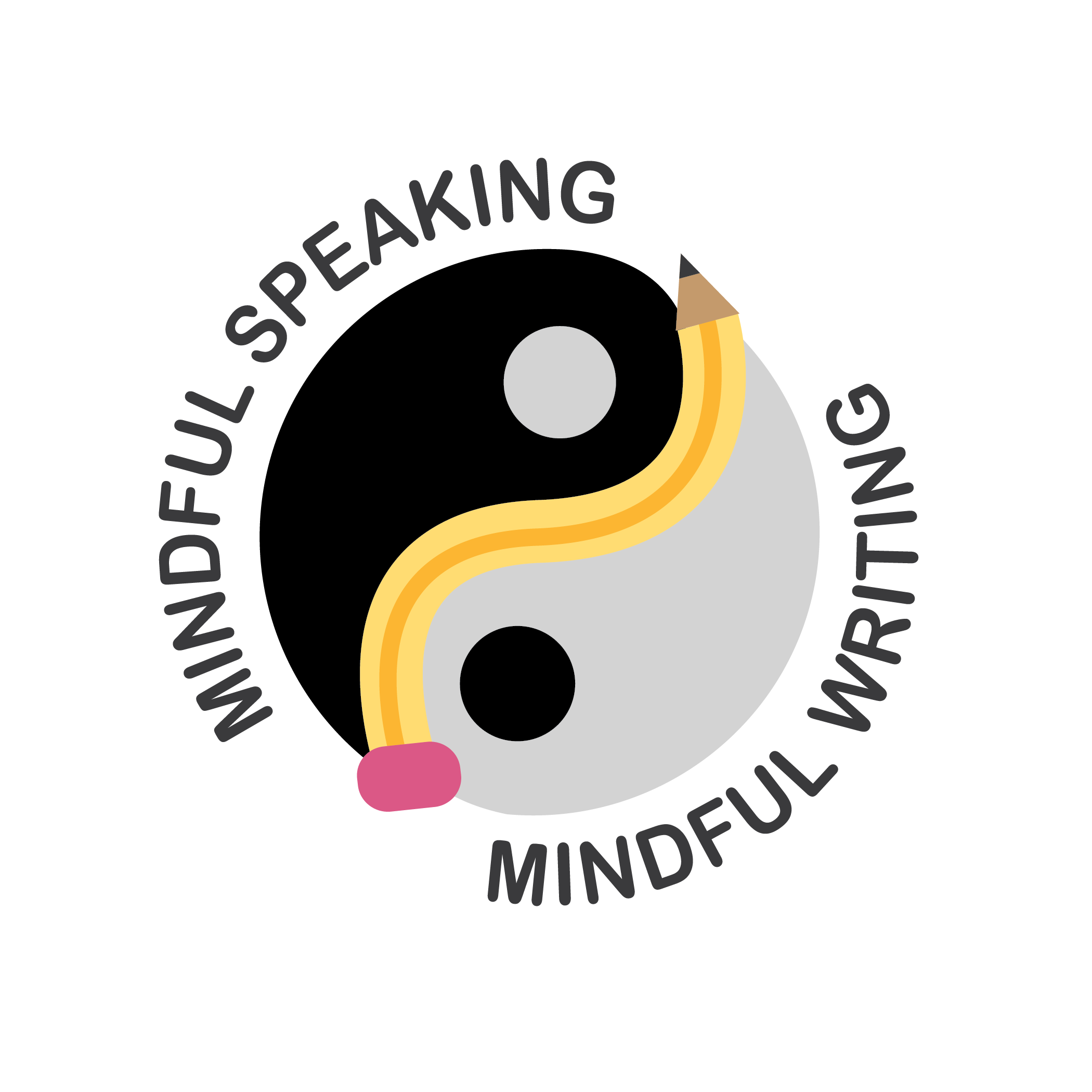
What’s wrong with “Show don’t Tell”?
If you’ve ever taken a creative writing class, or read a book on writing craft, you’ve probably heard the maxim, “Show don’t tell.” It’s the writer’s equivalent of the advice given to children, “Look both ways before crossing the street.”
Except that “Look both ways” is good, universal advice. “Show don’t tell” – well, not always.
A Problem with Language
Before we can get to the problem with the advice, “Show don’t tell,” let’s talk word choice and definitions. Many people don’t know, or can’t remember, the real distinction between “show” and “tell.” For most people, “show” and “tell” connote pretty much the same thing. So I suggest using a pair of far more descriptive words, “Engage” and “Inform.” Most writers can quickly grasp the essential difference between writing that “engages” the reader and writing that “informs” the reader. This blog is intended as a brief introduction to the “Engage and Inform distinction.”
“ENGAGE and INFORM”
“He told me that he expected me home by 5 o’clock.” This is pure INFORM. It gets the information across, but creates little sense of character or drama. It is neither memorable nor stimulating. It is, however, efficient. A short sentence to communicate significant information. Efficient can be a good. “INFORMING” (what is conventionally termed “telling”) is appropriate when you want to get across basic information that the reader needs, but that is not a vital piece of your dramatic narrative, character development, or what you hope will deepen your reader’s interest and involvement in your story.
On the other hand, consider: “I stumbled through the door at 5:15. Fred was already seated at the table. “And when I say five.” He never looked up, but held his knife in his left hand like a dagger, “I don’t mean five fifteen.” The information communicated is similar, but the impact of this sentence is radically different. This sample is designed to ENGAGE. It pulls the reader into the story. It invites the reader to see and hear the action. It is more like a movie, than a report. It builds the readers interest in the characters, and awakens the reader’s emotional response to the story. This is why ENGAGING (what is conventionally termed “showing”) is so much the preferred mode.
Appropriate usage of ENGAGE and INFORM
Rather than teach Show vs Tell, as if these two are adversaries and as if “Show” is always the right choice, I find it more helpful to work my clients to learn when to ENGAGE and when to INFORM. Some basic principles are:
Use INFORM:
ϖ To summarize, state facts
ϖ To compress dialogue
ϖ To describe character
ϖ To keep the reader at a distance from the action
ϖ To avoid any hint of emotional meaning
Use ENGAGE:
ϖ To hint, suggest
ϖ To quote actual words, show dialogue
ϖ To illustrate character through behavior
ϖ To draw the reader in to the action
ϖ To evoke a mood or a feeling,
Mastery of this distinction, when and how to use BOTH ENGAGE and INFORM is a crucial skill for writers. More to follow in future blogs.

Connect With Me